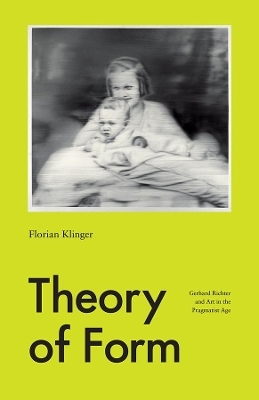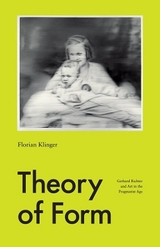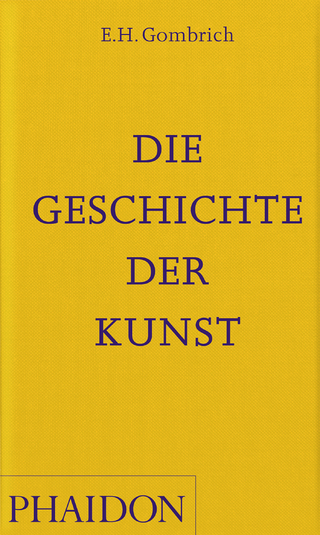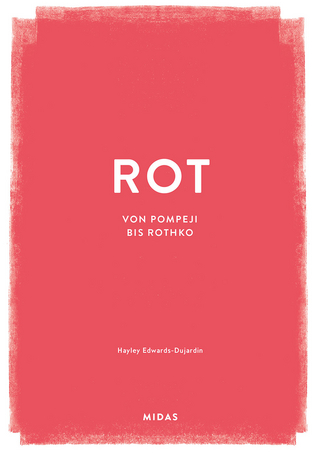Theory of Form
Gerhard Richter and Art in the Pragmatist Age
Seiten
2022
University of Chicago Press (Verlag)
978-0-226-34715-8 (ISBN)
University of Chicago Press (Verlag)
978-0-226-34715-8 (ISBN)
A pragmatist conception of artistic form, through a study of the painter Gerhard Richter.
In this study of the practice of contemporary painter Gerhard Richter, Florian Klinger proposes a fundamental change in the way we think about art today. In reaction to the exhaustion of the modernist-postmodernist paradigm’s negotiation of the “essence of art,” he takes Richter to pursue a pragmatist model that understands artistic form as action. Here form is no longer conceived according to what it says—as a vehicle of expression, representation, or realization of something other than itself—but strictly according to what it does.
Through its doing, Klinger argues, artistic form is not only more real but also more shared than non-artistic reality, and thus enables interaction under conditions where it would otherwise not be possible. It is a human practice aimed at testing and transforming the limits of shared reality, urgently needed in situations where such reality breaks down or turns precarious. Drawing on pragmatist thought, philosophical aesthetics, and art history, Klinger’s account of Richter’s practice offers a highly distinctive conceptual alternative for contemporary art in general.
In this study of the practice of contemporary painter Gerhard Richter, Florian Klinger proposes a fundamental change in the way we think about art today. In reaction to the exhaustion of the modernist-postmodernist paradigm’s negotiation of the “essence of art,” he takes Richter to pursue a pragmatist model that understands artistic form as action. Here form is no longer conceived according to what it says—as a vehicle of expression, representation, or realization of something other than itself—but strictly according to what it does.
Through its doing, Klinger argues, artistic form is not only more real but also more shared than non-artistic reality, and thus enables interaction under conditions where it would otherwise not be possible. It is a human practice aimed at testing and transforming the limits of shared reality, urgently needed in situations where such reality breaks down or turns precarious. Drawing on pragmatist thought, philosophical aesthetics, and art history, Klinger’s account of Richter’s practice offers a highly distinctive conceptual alternative for contemporary art in general.
Florian Klinger is associate professor of Germanic studies at the University of Chicago.
I Response to a Contemporary Challenge
II Morphological Question: Form as Reaction
III Poetological Question: Form as Judgment
IV Eschatological Question: Form as Transformation
V Form as Paradigm?
Acknowledgments
Notes
Index
| Erscheinungsdatum | 30.05.2022 |
|---|---|
| Zusatzinfo | 10 halftones |
| Sprache | englisch |
| Maße | 140 x 216 mm |
| Gewicht | 227 g |
| Themenwelt | Kunst / Musik / Theater ► Kunstgeschichte / Kunststile |
| Kunst / Musik / Theater ► Malerei / Plastik | |
| Geisteswissenschaften ► Philosophie | |
| ISBN-10 | 0-226-34715-X / 022634715X |
| ISBN-13 | 978-0-226-34715-8 / 9780226347158 |
| Zustand | Neuware |
| Informationen gemäß Produktsicherheitsverordnung (GPSR) | |
| Haben Sie eine Frage zum Produkt? |
Mehr entdecken
aus dem Bereich
aus dem Bereich




